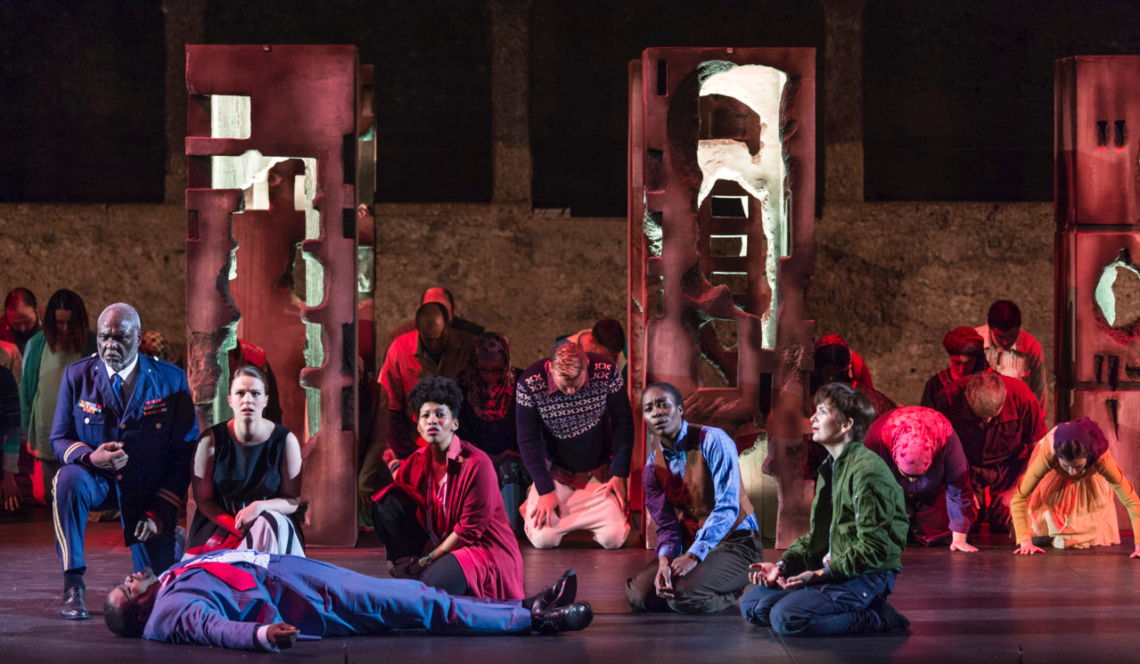The theater is a canvas where stories come alive, emotions run rampant, and the human experience is magnified under the spotlight. But what we often don’t see is the intricate craftsmanship that goes into crafting the magic that unfolds onstage. This enigmatic process of creation, called dramaturgy, serves as the unseen hand guiding the artistic vision and narrative coherence within dramaturg productions.
Dramaturgy in theater is a multifaceted art form, encompassing a myriad of roles and responsibilities that contribute to the richness and depth of a performance. At its core, it’s about shaping the dramatic structure, refining the narrative, and delving into the layers of a script to bring out its essence.
Deciphering the Layers of Dramaturgy
Script Analysis and Development
The journey of a theatrical production often commences with the exploration of a script. Here, the dramaturg plays a pivotal role. They dissect the text, mining its intricacies to comprehend the characters’ motivations, themes, historical context, and underlying messages. This process involves extensive research, historical context analysis, and collaboration with the playwright to ensure the coherence and integrity of the story.
Collaborative Engagement
Dramaturgs are not solitary figures; they thrive on collaboration. They engage with directors, actors, designers, and other creatives, fostering an environment that encourages dialogue, brainstorming, and the exchange of ideas. They serve as the bridge between the creative team and the script, aiding in the translation of the playwright’s vision onto the stage.
Historical and Contextual Research
Theater is inherently connected to the socio-political landscape of its time. A dramaturg immerses themselves in historical research, understanding the era in which the play is set or the time it was written. This contextual understanding helps in interpreting the nuances of the script, ensuring that the production remains faithful to the intended context while resonating with contemporary audiences.
Audience Engagement and Accessibility
The theater is a living, breathing entity that thrives on audience interaction. Dramaturgs also focus on making the production accessible to diverse audiences. They might curate supplementary materials, organize talk-back sessions, or create study guides to deepen the audience’s understanding and engagement with the play.
The Invisible Hand in the Theatrical Tapestry
While the role of a dramaturg is pivotal, it often operates behind the scenes, veiled from the audience’s eyes. Yet, its impact is woven into the fabric of the performance. The seamless transitions, the coherence in storytelling, the depth of characters — all owe their existence, in part, to the meticulous work of the dramaturg.
Embracing Change and Evolution
The realm of theater, much like life, is constantly evolving. Contemporary theater often pushes boundaries, blurring the lines between traditional and experimental forms. Dramaturgy, too, evolves, embracing new techniques, technologies, and approaches to storytelling. It adapts to the changing landscape while preserving the essence of its craft.
Closing Act: Celebrating the Craftsmanship
Theater dramaturgy is the unsung hero of the theatrical world. It operates in the shadows, yet its influence radiates across the stage. It’s an art form that demands a keen eye, a deep understanding of human psychology, and a relentless passion for storytelling.
Next time you find yourself immersed in the spectacle of a theatrical production, take a moment to appreciate the intricate layers of dramaturgy that have orchestrated the symphony of emotions and narratives, bringing the magic of theater to life. Behind the curtains, lies a world of creativity, dedication, and artistic brilliance, where the enigma of dramaturgy continues to unravel, captivating audiences and enriching the human experience.





